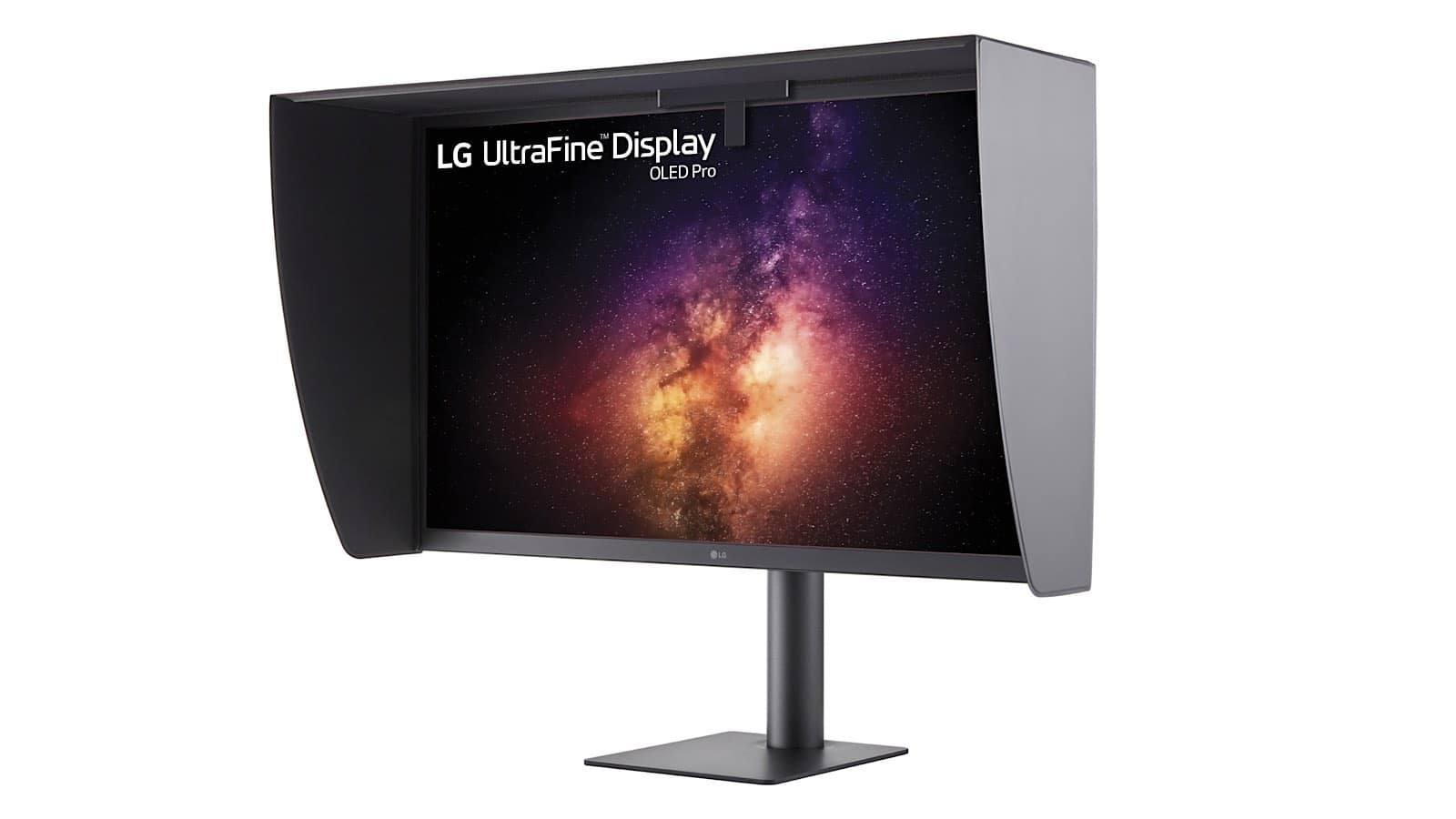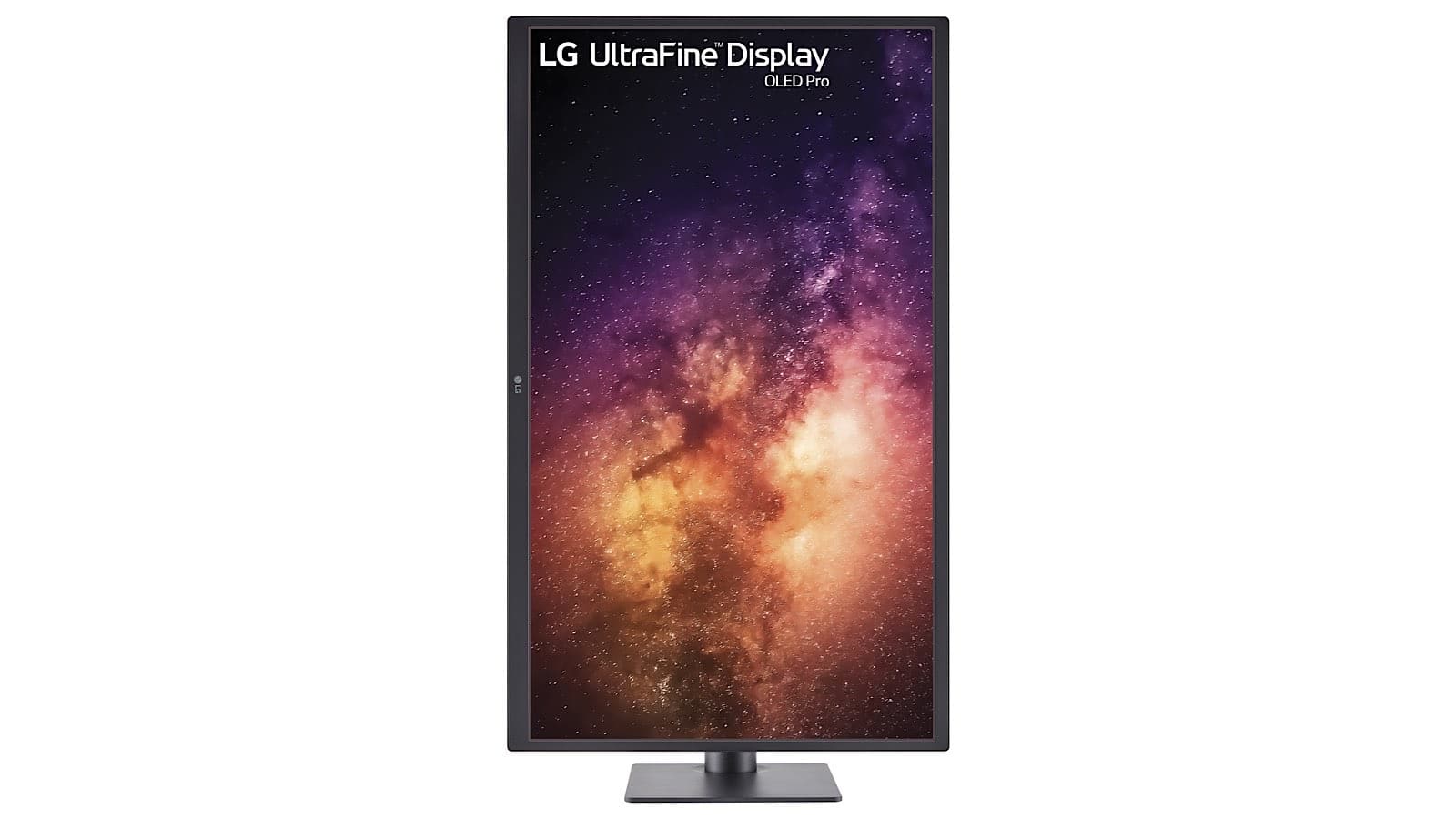Grabbing an OLED TV won’t be the only option if you want the crisp picture quality of organic LEDs for your computer next year, as LG brings the tech to the desktop.
Monitors have had quite the workout since the work-from-home world took off in the pandemic, but in the past couple of years, the technology has seemed to largely stand still.
Oh sure, a big screen with a large resolution has been great, but the technology in monitors hasn’t changed dramatically, with only a handful of companies showing something new. Dell, for instance, used last year to launch a Mini-LED monitor, which is kind of an LED-based option for screens that want the picture quality of an OLED, but haven’t quite rustled up the whole organic light emitting diode component.
And with no OLED monitors to choose from, that hasn’t largely been a surprise. If you wanted the crisp look of an OLED panel on your desktop, your option was largely to just buy an OLED TV and set it up on your desktop, something not so dissimilar from what gamers might do if they wanted gaming syncing technologies to work from a PC on an OLED screen.
That may change in 2022.
LG has announced that we’ll see two sizes of OLED monitors next year, as it starts to prep its CES announcements for next year before the end of this year, something LG is known to do.
Ahead of CES 2022, LG is talking up a 4K 3840×2160 resolution in its 27BP95E and 32BP95E, two screens that basically need to be read as the 27 inch OLED monitor and the 32 inch OLED monitor, respectively, because that’s what they are.
Each screen offers that 4K resolution as well as 99 percent of the DCI-P3 colour space and 99 percent of the Adobe RGB space, arriving with detachable self-calibration sensors, LG’s calibration software, and a monitor hood to keep the glare down, plus a way to pivot the monitor to a vertical position on the stand itself.
Part of LG’s “UltraFine OLED Pro” range, they’re basically geared at folks who need colour reproduction accuracy, gearing these at artists, video editors, animators, and so on, but they should also work for most needs, though we’ve not yet heard if these will support gaming technologies, such as AMD FreeSync or NVidia G-Sync.
For now, these screens are firmly placed in the premium monitor part of the market, but also without a price, with LG not yet announcing Australian pricing for its OLED Pro monitors. Our guess is they won’t be cheap, but they may be launching in Australia as early as January, so stay tuned and start saving if you’re interested.








